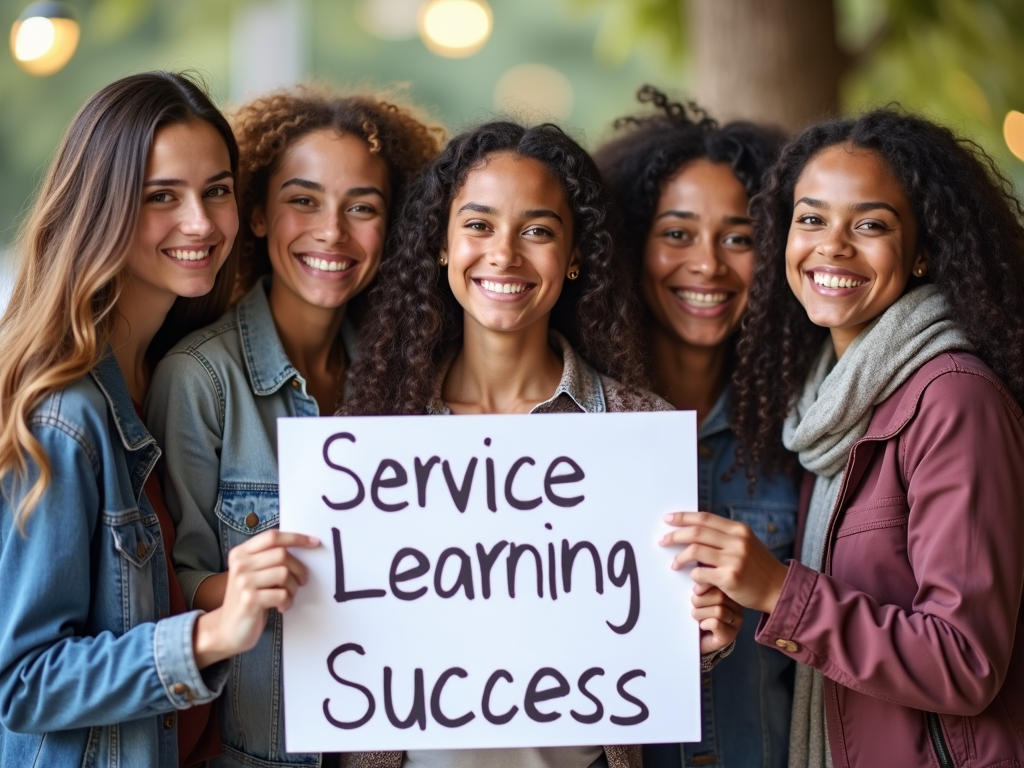How to Start a Service Learning Project: A Step-by-Step Guide for Success
By , May 23, 2025
Overview
Service learning is a powerful way to blend classroom learning with community service. It helps students grow while meeting real community needs. This guide will show you how to start a service learning project, step by step, with practical advice and personal experiences to make it a success.
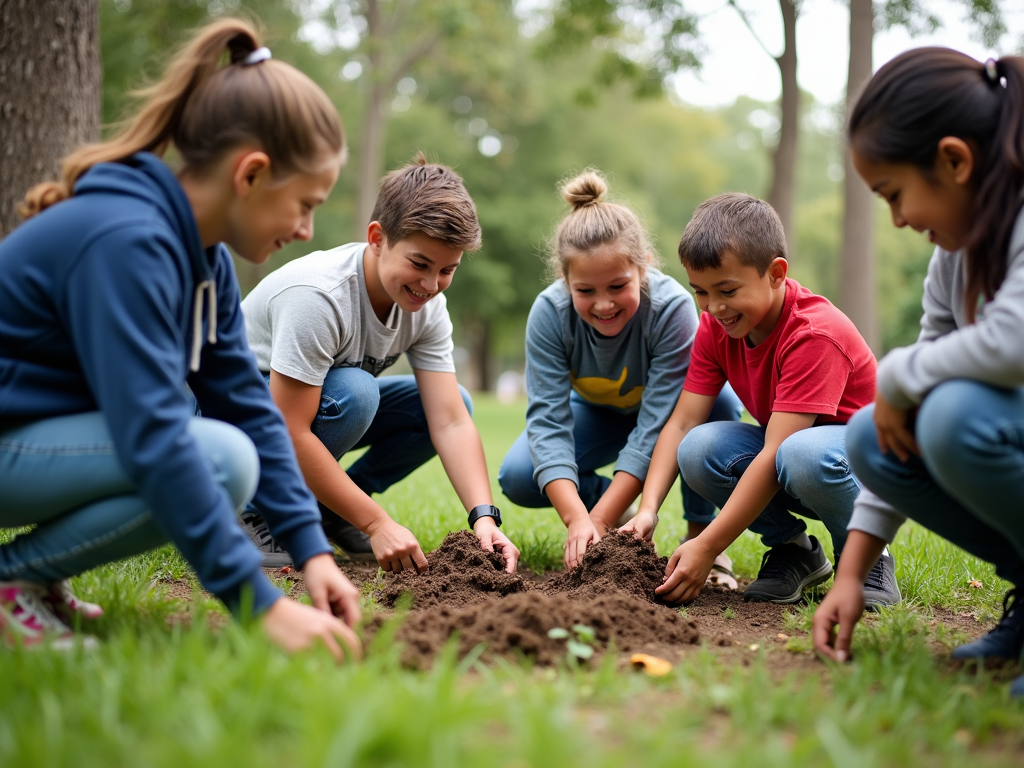
What Is Service Learning?
Service learning combines education with meaningful volunteer work. It’s different from regular volunteering because it ties directly to what students are studying. For example, a science class might clean up a local river while learning about water pollution. This hands-on approach makes lessons stick and helps the community at the same time.
Why It Matters
Starting a service learning project has big payoffs. Students get to use what they’ve learned in real life, which makes school more exciting. Communities get help with real problems, like fixing up a park or feeding families. Plus, everyone involved builds skills like teamwork and leadership. I’ve seen students light up when they realize their work makes a difference.
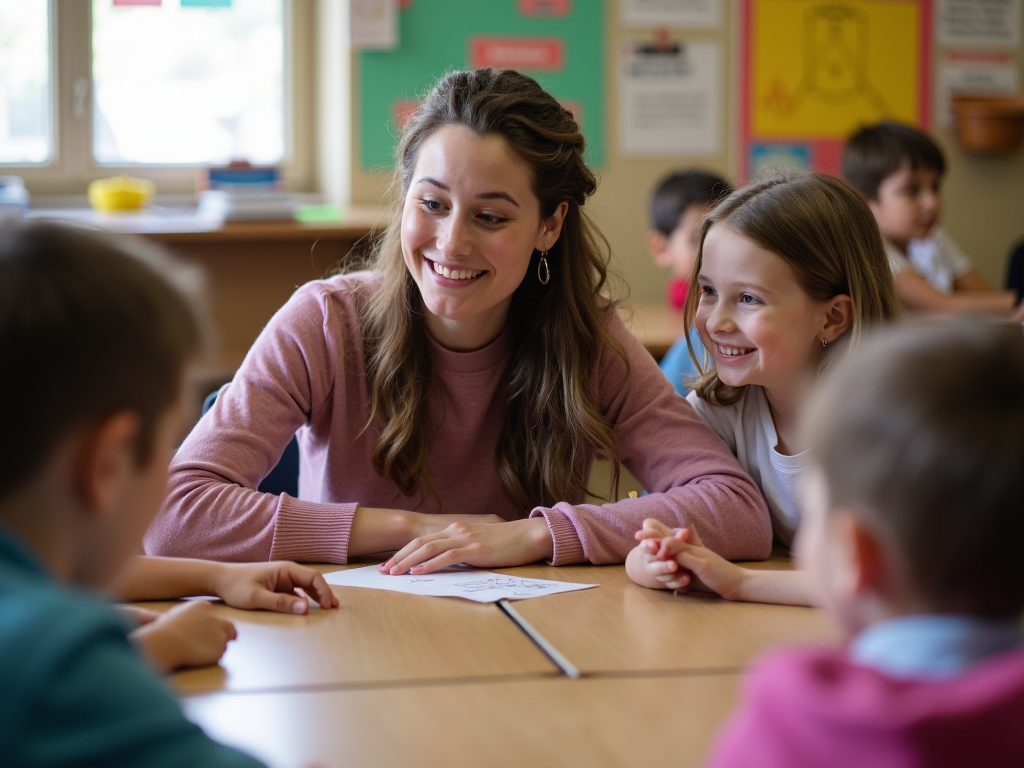
Step 1: Planning Your Project
Good planning sets your service learning project up to succeed. Here’s how to begin:
Find a Community Need
Start by figuring out what your community needs. Talk to local groups or neighbors. Maybe they need help with tutoring kids or cleaning up green spaces. Get students involved in this—they’ll learn how to research and feel more connected to the cause.
Set Clear Goals
Next, decide what you want to accomplish. Make your goals specific. For example, aim to plant 50 trees or tutor 20 kids in math. Tie these goals to what students are learning in class. When I ran a project, we aimed to build a small garden for a school. Having a clear target kept us on track.
Bring People Together
Get everyone on board—students, teachers, and community partners. Hold a meeting to talk about who’s doing what. I’ve found that when everyone has a say, they’re more excited to help.
Table: Who Does What
| Who | What They Do |
|--------------|-------------------------------|
| Students | Help plan and do the work |
| Teachers | Link it to school lessons |
| Partners | Share resources and know-how |

Gather What You Need
Figure out what supplies, money, or transportation you’ll need. Reach out to local businesses or apply for small grants. Don’t forget to line up volunteers and give them a quick training.
List: Stuff to Get
- Money for materials
- Rides to the project site
- Tools or supplies
- Volunteer sign-ups
Step 2: Making It Happen
Now it’s time to put your plan into action. Here’s how to keep things running smoothly:
Lead Your Volunteers
Find people to help and make sure they know what to do. Give them clear tasks and check in often. I like using a simple online form to organize who’s helping when—it saves a lot of hassle.
Handle the Details
Think about logistics like getting people to the site and keeping everyone safe. Make a schedule with deadlines. During a cleanup project I did, we used a shared calendar. It helped us stay organized and finish on time.
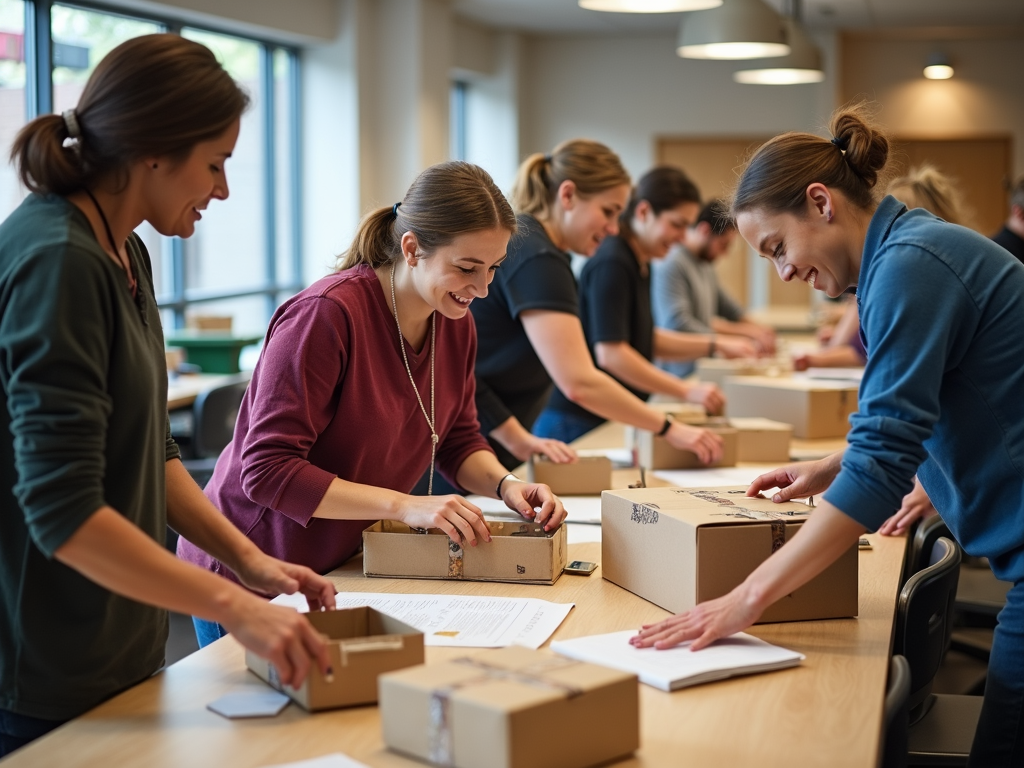
Connect It to Learning
Make sure the work ties back to school. Set aside time for students to talk about what they’re learning. If they’re building a playground, they could discuss physics or teamwork. Reflection turns service into a lesson.
Step 3: Checking Your Work
After the project, take time to see how it went and what you can do better next time.
Talk It Over
Sit down with everyone and ask what worked and what didn’t. I’ve used quick surveys to get honest thoughts from students—it’s a great way to learn.
Measure the Impact
Look at your goals. Did you hit them? If you planned to collect 100 books, count them up. Ask the community how it helped them, too. After one project, we heard from parents that their kids read more—that felt like a real win.
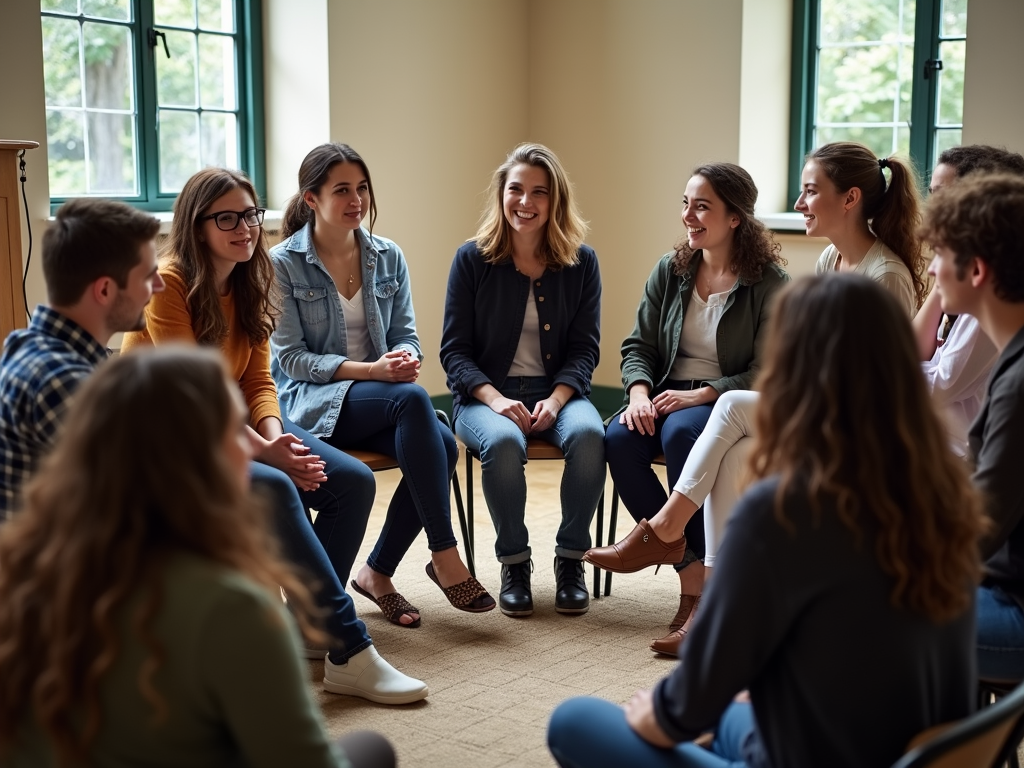
Celebrate the Wins
Give everyone a pat on the back. Throw a small party or share the story with your school. After a tutoring project, we handed out thank-you notes and posted photos online. It made everyone proud and ready for the next one.
Summary
Starting a service learning project takes planning, action, and reflection. It’s a chance to learn while helping others. Follow these steps, work together, and you’ll create something amazing. Check out the readings below for more ideas and inspiration.
